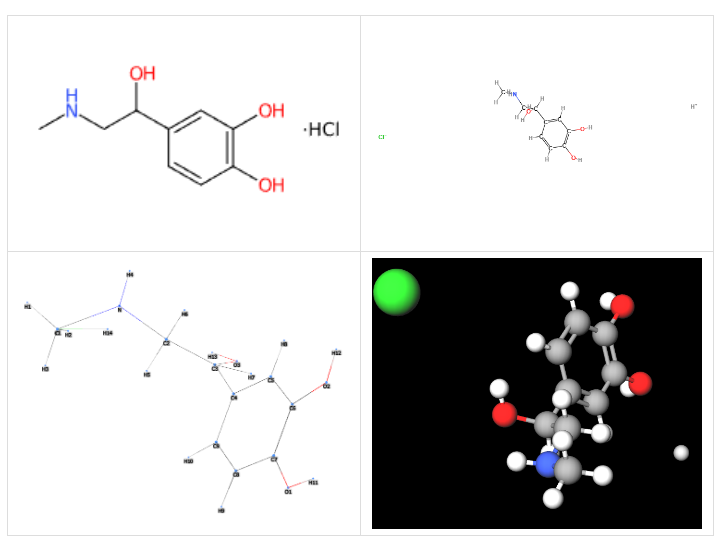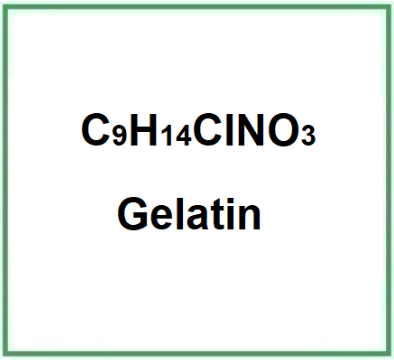Gelatine is a protein material derived from natural collagen.
This is the definition of "Gelatin" by the GMIA protocol (Gelatin Manufacturers Institute of America) (1):
Gelatin is the product obtained from the acid, alkaline, or enzymatic treatment of collagen, the chief protein component of the skins, bones, and connective tissues of animals, including fish and poultry. These animal sources shall have not been exposed to pentachlorophenol.
Type A gelatin is produced by the acid processing of collagenous raw materials and exhibits an isoelectric point between pH = 7 and pH = 9. Type B gelatin is produced by the alkaline or lime processing of collagenous raw materials and exhibits an isoelectric point between pH = 4.6 and pH = 5.2. Mixtures of Types A and B as well as gelatins produced by modifications of the above mentioned processes might exhibit isoelectric points outside of the stated ranges. (Food Chemicals Codex).
The principal raw materials used in gelatin production are cattle bones, cattle hides, and porkskins. Several alternative sources include poultry and fish.
Extraneous substances, such as minerals (in the case of bone), fats and albuminoids (found in skin), are removed by chemical and physical treatment to give purified collagen. These pretreated materials are then hydrolyzed to gelatin which is soluble in hot water.
Collagen may be considered an anhydride of gelatin. The hydrolytic conversion of collagen to gelatin yields molecules of varying mass: each is a fragment of the collagen chain from which it was cleaved. Therefore, gelatin is not a single chemical entity, but a mixture of fractions composed entirely of amino acids joined by peptide linkages to form polymers varying in molecular mass from 15,000 to 400,000
Nutritional table (2)
| | Type A | Type B |
| Moisture (%) | 10.5 +/- 1.5 | 10.5 +/- 1.5 |
| Fat (%) | 0 | 0 |
| Carbohydrates (%) | 0 | 0 |
| Ash (%) | .5 +/- .4 | 1.5 +/- .5 |
| Sodium (ppm) | 500 +/- 200 | 3600 +/- 1400 |
| Phosphorous (ppm) | 1 +/- 200 | |
| Iron (ppm) | 4 +/- 2 | 15 +/- 10 |
| Lead (ppm) | .002 +/- .002 | .005 +/- .002 |
| Zinc (ppm) | 1.5 +/- .5 | 5 +/- 3 |
| Nitrogen (%) | 16.2 +/- .3 | 16.2 +/- .3 |
| Calcium (ppm) | 90 +/- 30 | 900 +/- 100 |
| Potassium (ppm) | 125 +/- 50 | 330 +/- 50 |
| Calories / 100 grams | 360 | 360 |
Medical
Gelatin coating of brain implants is known to provide considerable benefits in terms of reduced inflammatory sequalae and long-term neuroprotective effects. This study demonstrate for the first time that gelatin has a significant effect on the BBB by promoting rapid restoration of integrity after injury. Moreover, gelatin alters microglia phenotypes and modulates gelatinase activity for up to 2weeks favoring anti-inflammation and restoration of the tissue (3).
Pharmacological treatment of inflammatory dry eye disease has attracted much attention due to the prevalence and morbidity of this public health problem. In a rabbit dry eye model, corneal epithelial defects was ameliorated by treatment with single-dose administration of epigallocatechin gallate containing gelatin-g-poly(N-isopropylacrylamide). Furthermore, drug molecules released from carrier materials could prevent further tear evaporation and loss of mucin-secreting goblet cells in diseased animals (4).
The gelatin stent reduced intraocular pressure and medication use without raising unexpected safety concerns, offering a minimally invasive surgical option for refractory glaucoma patients (5).
Pharmaceutical gelatin
It is used in the coating of medicinal tablets for better drug release and can have different degrees of hardness.
The most common use of gelatin in the pharmaceutical industry is in the Two-Piece Hard Capsules that contain the medication. Two-Piece Hard Capsules are produced with many closure systems that prevent the cap from escaping from the capsule.
It is also used in the tablets. Type A and type B gelatin are used.
Cosmetics
Film-forming agent. It produces a continuous ultra-thin film with an optimal balance of cohesion, adhesion and stickiness on the skin or hair to counteract or limit damage from external phenomena such as chemicals, UV rays and pollution.
Viscosity control agent. It controls and adapts viscosity to the required level for optimal chemical and physical stability of the product and dosage in gels, suspensions, emulsions, solutions.
Food
Ingredient included in the list of European food additives as E441.
Finished confectionery products are typically made from a base of sugar, corn syrup and water. Flavour, colour and texture modifiers are added to this base. Gelatine is widely used in finished confectionery products because it acts as a foaming, gelling or solidifying agent and dissolves slowly in the mouth.
Confectionery products such as gummy bears contain a relatively high percentage of gelatin. These sweets melt more slowly, thus prolonging the pleasure of taste.
Gelatine is also used in meringues where it serves to lower the surface tension of the syrup, stabilise the foam with higher viscosity, set the foam by gelling and prevent crystallisation of the sugar.

- Molecular Formula C9H14ClNO3 C9H13NO3.ClH
- Molecular Weight 219.66 g/mol
- CAS 9000-70-8 55-31-2
- UNII WBB047OO38
- EC Number 232-554-6 200-230-3
Synonyms:
- Epinephrine hydrochloride
- Adrenaline hydrochloride
- Epinephrine HCl
References_________________________________________________________________________
(1) http://gelatin-gmia.com/images/GMIA_Official_Methods_of_Gelatin_Revised_2013.pdf
(2) http://gelatin-gmia.com/images/GMIA_Gelatin_Manual_2012.pdf
(3) Kumosa LS, Zetterberg V, Schouenborg J. Gelatin promotes rapid restoration of the blood brain barrier after acute brain injury. Acta Biomater. 2018 Jan;65:137-149. doi: 10.1016/j.actbio.2017.10.020.
(4) Luo LJ, Lai JY. Epigallocatechin Gallate-Loaded Gelatin-g-Poly(N-Isopropylacrylamide) as a New Ophthalmic Pharmaceutical Formulation for Topical Use in the Treatment of Dry Eye Syndrome. Sci Rep. 2017 Aug 24;7(1):9380. doi: 10.1038/s41598-017-09913-8.
(5) Grover DS, Flynn WJ, Bashford KP, Lewis RA, Duh YJ, Nangia RS, Niksch B. Performance and Safety of a New Ab Interno Gelatin Stent in Refractory Glaucoma at 12 Months. Am J Ophthalmol. 2017 Nov;183:25-36. doi: 10.1016/j.ajo.2017.07.023.
![]() Gelatine
Gelatine 


